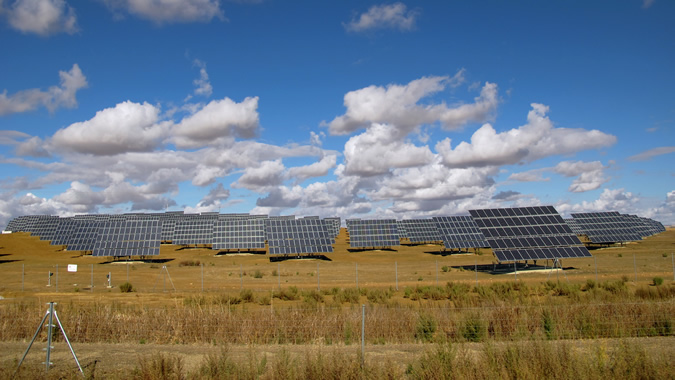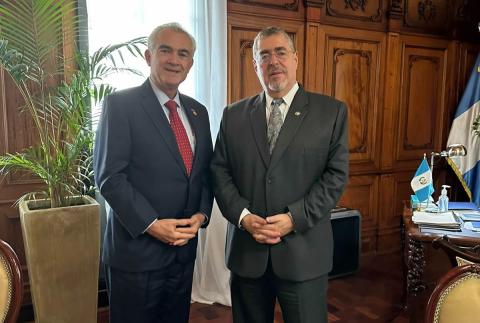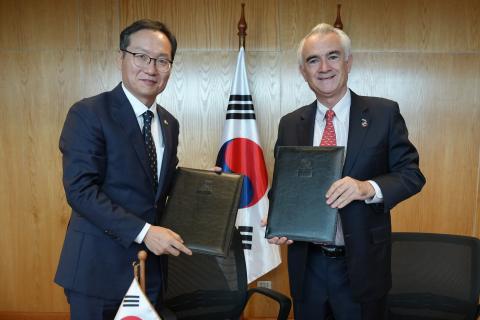Briefing note
The recent operational launch of the Central American Electrical Interconnection System (SIEPAC) means it is now urgent to promote generation projects to partially or totally export energy using the existing (national and regional) transmission structure. However, the launch of the SIEPAC line is a necessary but not sufficient condition for the development of regional generation projects.
This is one of the main issues examined in the document Analysis of the regional electricity market in Central America and actions to boost regional generation projects (Spanish only), published by the Energy and Natural Resources Unit of the Subregional headquarters in Mexico of the Economic Commission for Latin America and the Caribbean (ECLAC).
According to the report, having regional electricity stations is a prerequisite for consolidating regional electricity integration, insofar as this will facilitate a steady increase in the volumes involved in transactions between countries, thereby ensuring the use of national and regional infrastructure and multiplying the benefits of the SIEPAC project.
The development of regional electricity generation plants is one of the founding features of the regional electricity integration project. Article 9 of the Framework Agreement calls on governments to establish conditions conducive to the development of such plants. One of the aims of the Central American Integration System (SICA) is precisely to promote the gradual development of a competitive regional electricity market, using regional transmission lines and the promotion of regional generation.
The legislation and regulations of the countries that have signed the Framework Agreement are directly or indirectly aimed at prioritizing the fulfilment of national needs - which appears to be a national and legitimate stance taken by each country's legislative bodies. Having said that, the emergence of the Regional Electricity Market calls for a review of that concept.
Although all legislation explicitly allows energy import and/or export activity, national regulations assume that such activities are carried out temporarily to supplement national supply in a time of scarcity or to take advantage of cheaper imported energy, where relevant. Energy exchanges were never intended to be a reliable source of long-term supply.
The Framework Agreement and its protocols, as well as the Regional Electricity Market Regulations (RMER), are the legal instruments backed by consensus and approval of the six signatory States and their institutions. In the light of this, the Governing Board of the Regional Electricity Market (CDMER) should request the collaboration and efforts of States in forming a Seventh Market (M7).
M7 should be seen as the sum of the portions of national markets that have been given over to steady energy transactions, in accordance with a programme of a reasonably gradual nature, plus opportunity transactions, which will only be limited by technical and economic feasibility. M7 should therefore be seen from the viewpoint of supply (generation) and demand (consumption).
One of the main aspects of promoting regional electricity generation projects and developing the Regional Electricity Market is the need for the Regional Commission for Electrical Interconnection (CRIE) to encourage, in coordination with national regulators, purchases from distributors involving several countries jointly in international events. This will promote sustained growth of M7.



